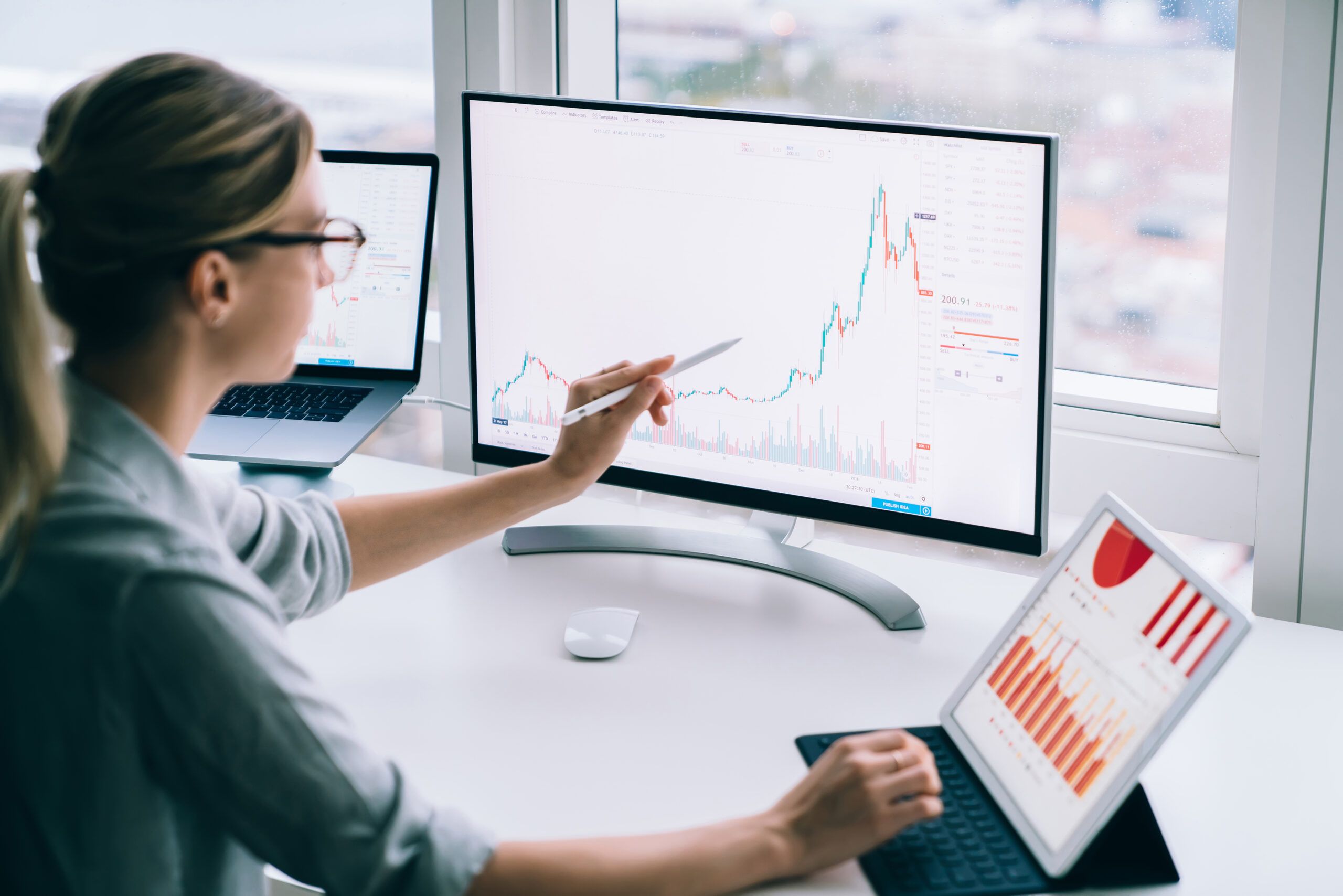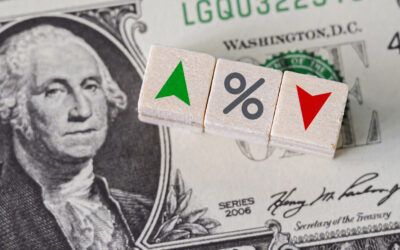You knew the CPG world was competitive and fast-paced. You knew it would take a sharp understanding of customers to defend your market share and increase margins.
But knowing and performing in the CPG world are very different things. And just when you thought you got a hold of the new normal, lookout! We’re already entering a post-pandemic world, where a new storm of shifting consumer trends and buying occasions, as well as elevated prices on raw materials, is poised to rain down on your pricing strategies once more.
Fortunately, most CPGs have learned a lot since the beginning of the pandemic. Many no longer rely on obsolete models to track and predict essential CPG metrics like price elasticity. CPGs have instead turned to tools like artificial intelligence and machine learning to set their Sales, Marketing and Revenue Growth Management (RGM) teams up for maximum success. AI/ML has become a major tool in mitigating the impact of price increases.

But why are price increases so necessary right now?
For one, the cost of raw materials is affecting all CPGs. The Drum pointed out recently that ” brands now face increased costs in commodities, raw ingredients and the like as the world drags itself out of the worst of the pandemic.” Additionally, retailers are dealing with expanding costs despite recent growth, “Store sanitation, staff training, supply management, and limited operating conditions all placed pressure on their bottom line.”
The Drum isn’t the only source noticing a trend of CPGs increasing prices. A recent study conducted by Simon-Kucher & Partners and Alimarket revealed: “41% of consumer manufacturers in Spain are preparing to raise prices in an environment of inflationary pressure of raw materials.”
Similarly, Fooddive.com wrote about CPGs passing higher costs to customers. The article points out that major brands like Coca-Cola, Nestlé, and General Mills announced price increases “as they face a jump in expenses for ingredients, manufacturing, packaging, and transportation.
So what should you do? What steps should you take so you’re prepared for shifting consumer buying trends as well as increased overhead and production costs? In short, you need reliable data to properly consider the impact of any price increase. Elasticity is a great example. We can’t emphasize enough the importance of AI/ML in achieving a granular understanding of how high and how fast you can increase prices.
Also, consider increasing prices differently for each product within your portfolio. Why increase every SKU by 8% if you can achieve the same overall results by increasing some by 10% and others by 4%? Rash decisions like an across-the-board raise could impact your image, leading to a decrease in sales, defeating the entire purpose of price increases.
”Brands now face increased costs in commodities, raw ingredients and the like as the world drags itself out of the worst of the pandemic.”

AI/ML platforms like Wise Athena can help guide you through visualizing, calculating, and predicting scenarios for every SKU, geographical area, and retailer.
Lastly, keep a close eye on the competition. To defend (and potentially increase) your market share, look to tools that simulate the impact of price increases on future sales and margins, as well as those of your competitors. That works the other way around too. Every decision your competition makes impacts you. You should have predictive tools at your fingertips that can simulate their decisions and prepare you on how to respond.
As you can see, most of the best practices to mitigate the impact of price increases require you to go beyond simply “collecting data.” You need tools that properly analyze and assist in making profitable, productive decisions in real-time no matter the world or market you find yourself in.
Wise Athena helps CPG companies optimize Pricing & Trade Promotions strategies with A.I., giving clients insight into seasonal trends, fluctuating product demands, and daily changes resulting from market discrepancies. We’ve proven that we can increase sales and margins in less time, and with less effort, with data harmonization capabilities, high definition elasticity, and prediction certainty between 85-95%.




